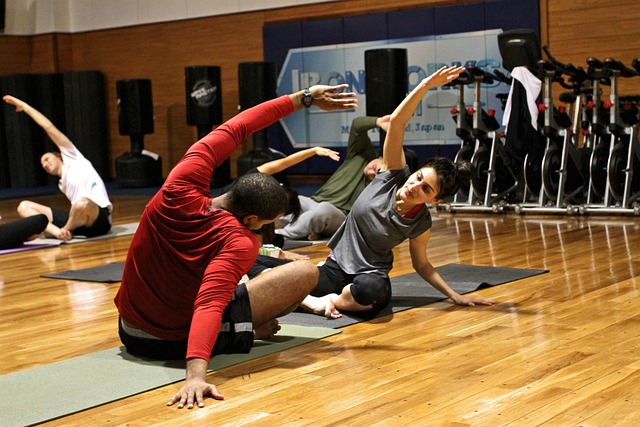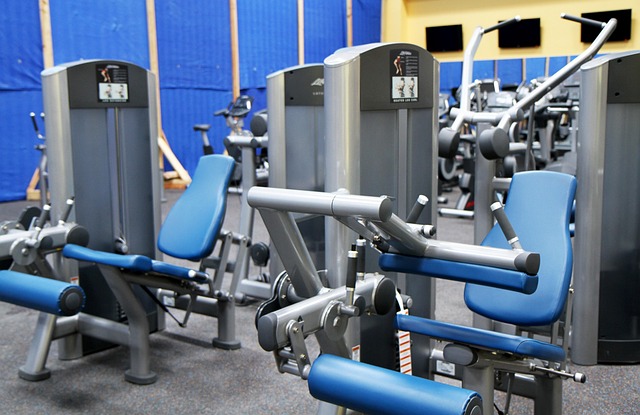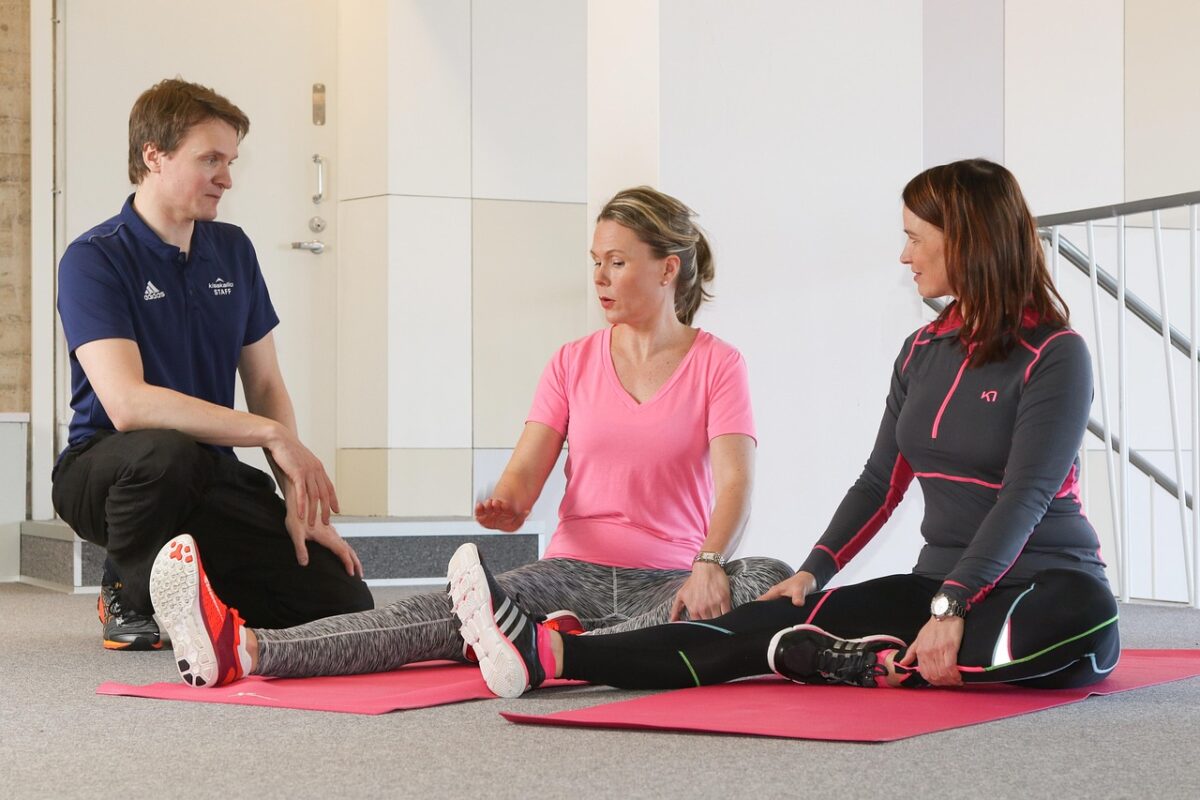
Markets rarely move in isolation. In Thailand, traders have become increasingly aware that shifts in New York, London, or Tokyo can echo through Bangkok’s own exchanges. This awareness has fuelled interest in index trading, a method that allows investors to follow entire groups of companies rather than single stocks. By tracking indices, they hope to read signals from abroad and adjust their decisions at home.
One reason for this focus may be the visibility of global events. News of economic growth in the United States or policy changes in Europe often spreads quickly through media and social networks. Thai investors see how these developments push indices up or down, and they begin to ask how the same forces might affect local markets. Index trading offers a way to connect these dots, providing exposure to international movements without owning every individual stock.
Technology supports this habit. Online platforms provide real-time charts, letting traders follow global benchmarks throughout the day. With a mobile phone, they can compare the S&P 500 in the evening and the Nikkei the next morning, drawing links between distant markets and their own strategies. For retail investors in Thailand, this access once seemed impossible. Today, it has become part of ordinary trading life.
Education plays a role as well. Brokers and financial educators present indices as tools for diversification. Instead of relying on one company’s performance, investors can spread exposure across sectors and regions. For beginners, this explanation makes the concept easier to accept. Index trading feels less risky than choosing a single stock blindly. The reassurance of balance, even if not perfect, draws more people to explore it.
Still, the attraction is not without hesitation. Indices can swing sharply in response to global uncertainty. A central bank decision abroad, a geopolitical conflict, or an economic slowdown can all trigger sudden changes. Thai traders know that while indices reduce the risk of single-company failure, they do not remove the volatility of entire markets. This understanding leads many to tread carefully, often starting with small positions before deciding whether to go deeper.
Cultural habits add another dimension. Thais often share financial stories in social groups, and trading communities highlight global indices as markers of direction. When one person spots a shift in a major benchmark, the information spreads fast. These conversations help create a shared sense of watching the world together, even when each trader acts individually. The idea that global events touch local investments reinforces the appeal of following indices.
Another factor may be Thailand’s role in the regional economy. As a country that relies on exports and tourism, it cannot remain untouched by movements abroad. Investors who understand this link see index trading as more than speculation. For them, it becomes a way to stay informed about forces that shape their own industries and currency. In this sense, trading serves as both investment and education.
The generational split is visible too. Younger investors, already comfortable with digital platforms, appear more eager to engage with global indices. They treat it as a challenge, using technology to track and compare trends. Older investors may hesitate, relying more on traditional savings. Yet the presence of index-focused discussions online ensures that awareness continues to grow across age groups.
Looking forward, the popularity of indices in Thailand will likely depend on both global stability and local regulation. If markets abroad continue to swing widely, more traders may turn to indices for guidance. If regulators encourage education and safe practices, interest may deepen further. While the future is uncertain, the connection between global benchmarks and local behaviour already seems firmly established.
Index trading gives them a way to interpret signals from the world’s largest markets and apply them at home. It may not guarantee success, but it provides a framework that helps make sense of an interconnected economy. That link between global movements and local action ensures indices remain a central feature on trading screens across Thailand.








